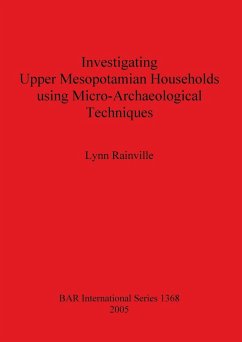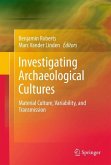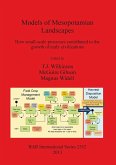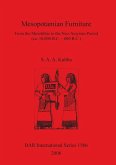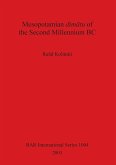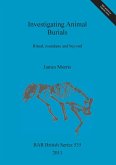In this work the author studies domestic life at two urban sites in Upper Mesopotamia, Titri¿ Höyük and Kazane Höyük, and, for comparison, a rural settlement, Tilbes Höyük. The author opted for an integration of archaeological and geological techniques (more frequently used at prehistoric sites) and developed a method that she refers to as "micro-archaeology" or "micro-debris analysis." In total, 370 micro-debris samples were taken from a diversity of contexts that date to the Early Bronze Age, ca. third millennium B.C.E. Generations of archaeologists have devised models to explain the functioning of cities in ancient Mesopotamia. Implicit in many models is a focus on the elites and historic events. In this research, the author analyzes wealthy and commoner households to test current models of domestic economy, family structure, house types, and residential organization within rural and urban communities.

